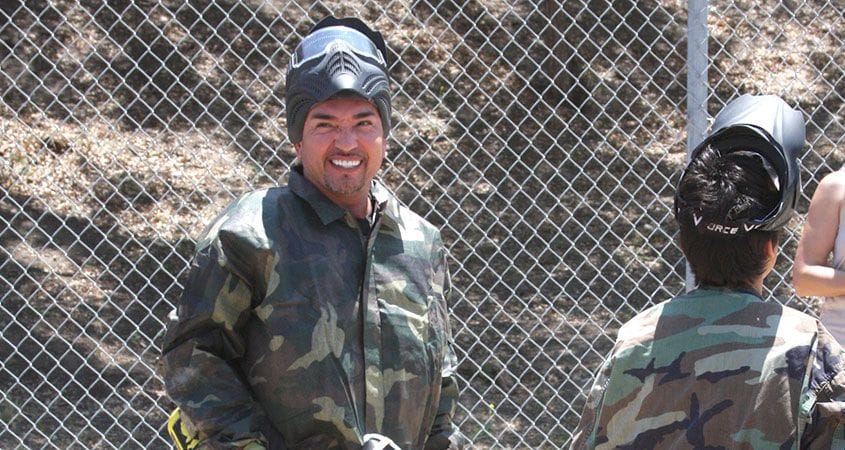By Cesar Millan
America recently celebrated Memorial Day, which is a national holiday for remembering all of the members of the armed forces who have died in service. But it’s also a reminder of the military dogs that have served with — and sometimes died with — armed forces everywhere, whether as company mascots, doing search and rescue or bomb sniffing, or as service and therapy dogs.
Dogs have been used by armies since at least the time of ancient Egypt if not before, and they are a very good fit with soldiers. In fact, I would say that the military naturally has the best-behaved dogs for one simple reason.
Dogs & Packs
Dogs are pack animals, with leaders and followers. Humans are also pack animals with leaders and followers. Most of us don’t recognize that or even think we adhere to it, but you don’t have to look very far in your own life to see that it’s true.
Think of all the packs you’ve ever belonged to: family, work, friends, school. Every single one of these groups has its leaders, mediators, and followers.
In a dog pack, there are three positions — front, middle, and rear. The dogs in front are the leaders, and they provide protection and direction. The dogs in the middle are the mediators, and they communicate between the front and the back of the pack. The dogs in the rear are the alert system — if they detect a threat, they sound the alarm.
Humans & Packs
If you think about it, this isn’t that different from any human hierarchy. For example, in a big company, you have the executives, the managers, and the employees.
The executives are in charge of everybody, and their mission is to make the company successful so that the pack survives.
The managers are in the middle. They answer to the executives, but they also explain executive directions to the employees and express employee concerns to the executives.
Finally, the employees are not in charge of anyone. However, they are closest to seeing things that might threaten the pack, and will sound the alarm about it, which helps the leaders protect the entire pack.
You can see how this adapts to other situations: administrators, teachers, students; prelates, priests, parishioners; coaches, quarterbacks, players.
In the case of the military, those three positions are commissioned officers, non-commissioned officers, and service people — and those roles apply and are strictly followed. Why? Because survival of the entire pack depends on it, especially in combat. Somebody with an office job probably won’t end up getting their entire department killed if they make a typo. In the military, it’s an entirely different story and everybody knows the importance of following the rules, boundaries and limitations exactly.
A military life is one that also follows my canine fulfillment formula pretty closely: exercise, discipline, affection. What do new recruits do when they come in? They drill (exercise), and they learn the rules (discipline). Affection comes in the form of those short breaks when they get to eat or socialize.
And what do military units do after they’ve gotten through basic but aren’t in combat? They exercise, they practice discipline by maintaining equipment and so on, and they receive affection by being allowed to socialize as a group.
And this is exactly why dogs in the military do so well — because the humans around them are doing the same. Everyone gets up at the same time, does the same things in the same way, and it is absolutely clear which pack members are in charge. Dogs can be confused by novelty but they love routine.
A routine environment provides consistency and clarity and inspires commitment. It can also move mountains and perform miracles, and that is the power of the Pack, whether it be human or animal, civilian or military.
Stay calm and stay in charge!











